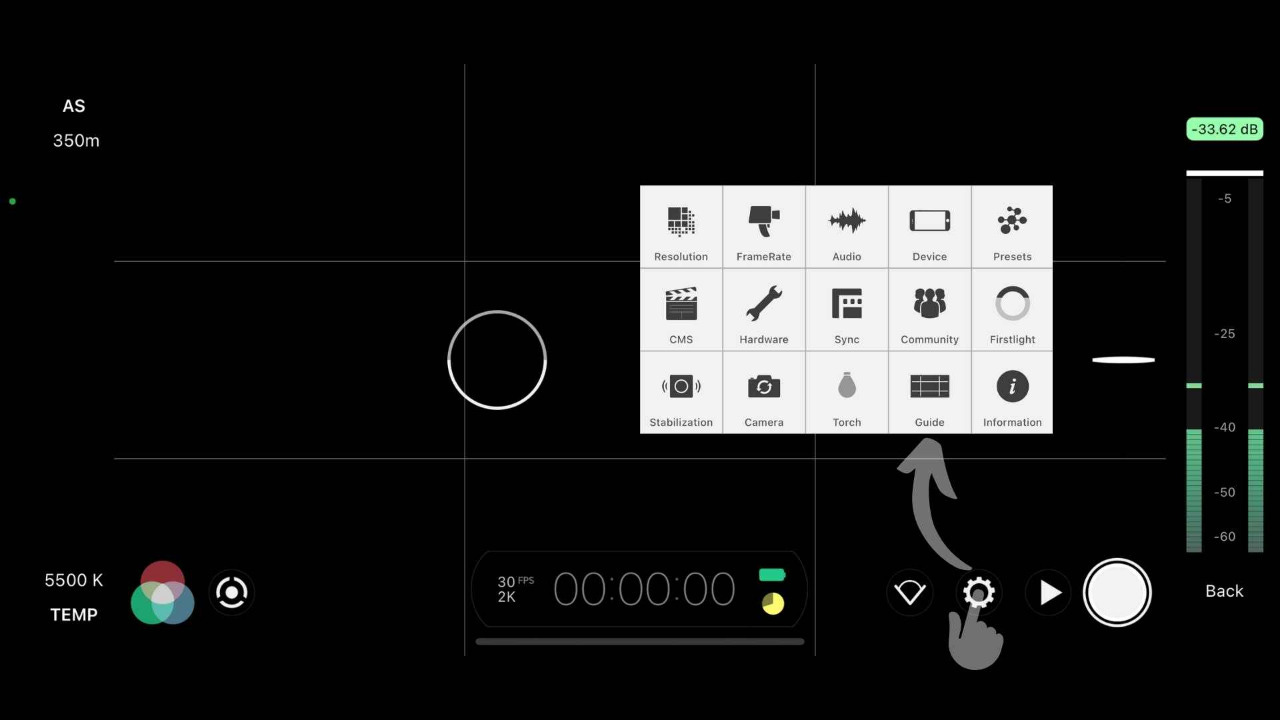There's no stopping mobile technology from becoming better by the day. We have super-efficient lenses, manual shooting modes, automatically stabilising features, and the option to shoot even in 4K. Is there anything your smartphone cannot do?
If you've read and heard about how your phones are sufficiently equipped to deliver powerful videos but haven't been able to shoot one yourself, perhaps try to adopt these simple tricks and tips.
How to shoot?
The native camera app on most smartphones is good enough. But if you want to attach extra accessories like a mic, or want even better control on framing, lighting, aperture and focus, there are third-party apps you can use. Like we mentioned once before, Cinema FV 5 Lite is one such app available for Android users for free. If you're keen on spending a little bit, Cinema FV 5 is another option for Android users. But another that app we strongly recommend is Filmic Pro. It's a paid app available for both Android and iOS users. Between these apps, most of your daily shooting needs will be adequately met.
Quick things to keep in mind while shooting is:
Clean your lens: Keep a microfibre cloth handy. Your phone's lens often gets smudges from the surfaces and hands it touches throughout the day. And this can affect the sharpness of the video. Always clean the lens with a soft cloth before shooting.
Stabilise: Invest in a monopod or a tripod. A shaky video is never pleasing to the eyes, plus holding the phone in your hands for a long interview can get very exhausting. There are many affordable and reliable mobile tripods in the market.
Quality control: Sure, your phone lets you shoot in 4k but ask yourself if it's required. 4k videos end up being bulky files that are difficult to transfer and edit. If you're finally creating videos for social media, you wouldn't need 4k footage.
Framing: How you frame your subject is key to the result. Rule of thirds is a trusted way to go about it. To get to this, switch on the grid on your phone and place your subject on the intersection points of this grid.

The gridline option on FilmicPro. Ditch the Zoom: Avoid zooming in through your phone. If possible, physically walk towards what you're shooting. Zooming considerably lowers the quality of the footage. If you have a distant shot, and you cannot get closer, consider zooming in while editing the video instead of while shooting.
Stick to one orientation: It is good practice to have clarity about the end use of the video. Are you shooting for YouTube or Instagram? Are you looking for a landscape or a portrait? Mixing landscape and portrait videos get extremely tricky on the edit table. (If you did end up with a mix of portrait and landscape videos, consider editing a square video.) Decide an orientation, and as far as possible, stick to it.
Lighting: Lighting is perhaps the most important aspect of shooting a video. Ideally, shooting in natural light is the best way to do it. But we understand that that may not be in your control always. And to combat such situations, carry external lights with you. Or identify a well-lit spot before you set up your frame.
Shoot extra: Irrespective of what the intended length of the final video is, shoot as much as you can. While you will plan to shoot interviews and bytes, you will realise that extra footage of the surroundings, of the crowd at a sporting event, of the journey to your reporting location, will prove to be very handy during the final edit. Shoot as much as you can, it will help you break the monotony of a piece-to-camera interview, or help you segue from one part of the story to the next.
Audio: Even though a lot of people watch videos with the sound off, when they switch it on, they prefer hearing crisp and clear audio. So, try shooting your videos with speaking parts in a quiet place and with a mic if possible.
Behind-the-Scenes: We at In Old News are massive fans of behind-the-scenes. While the final story is largely what we are looking for, a sneak into the process of putting the final video together often makes the story wholesome. Watch some behind-the-scenes from our fellows here.

Mirror Now is hiring:
NDTV Khabar (Hindi website) is looking:
The Hindu BusinessLine has openings in Chennai. Job applicants should have at least three years experience in editing and page making. It will be work from office (alternate days).
For more information and to send applications, email vasanth.srinivasan@thehindu.co.in
ABOUT THIS NEWSLETTER
This newsletter is an attempt to keep up and share all the latest and greatest stories in media and how they get done. Read about it here: About In Old News-Letter. And if you were forwarded this newsletter, here’s how you can sign up to get the latest editions as they come out!
